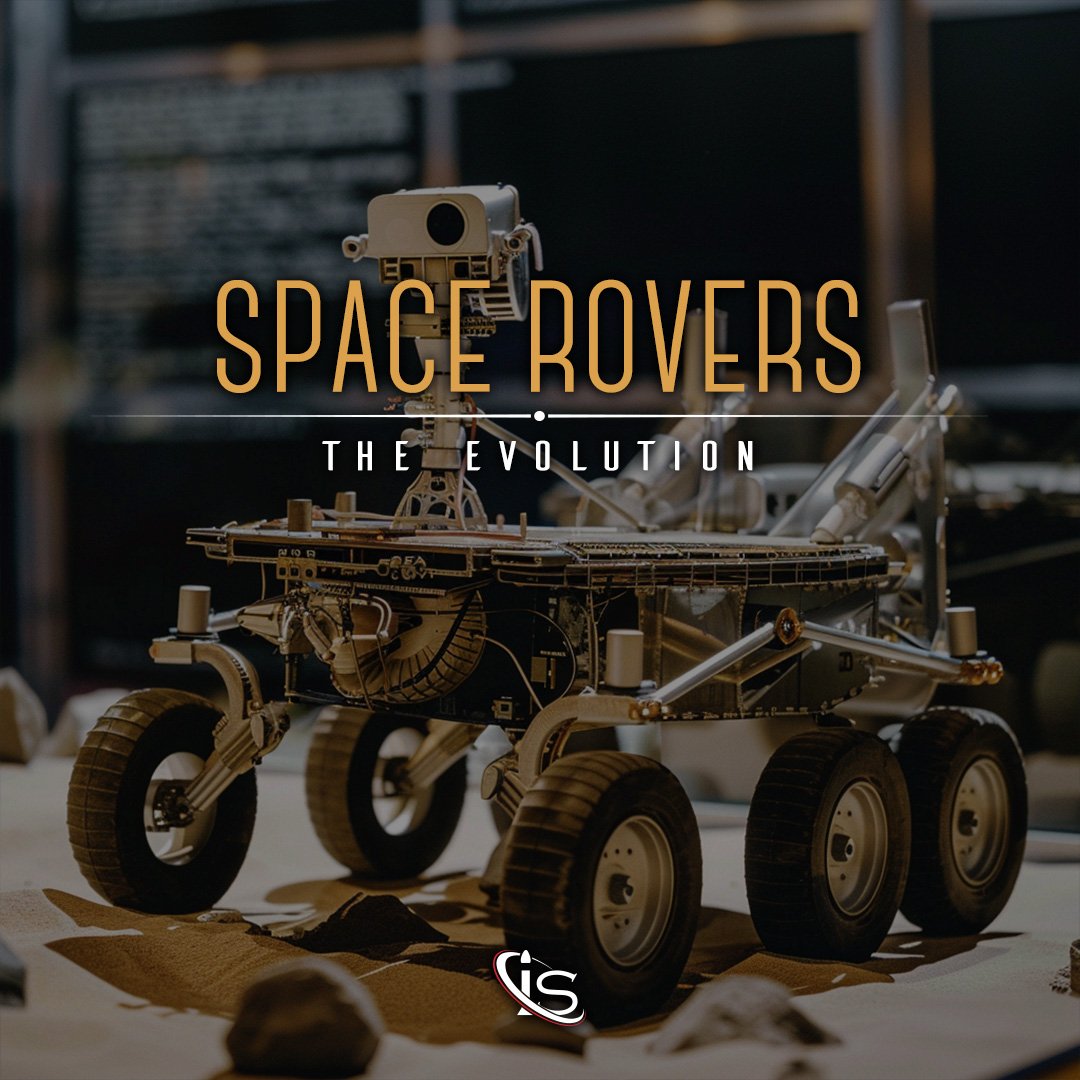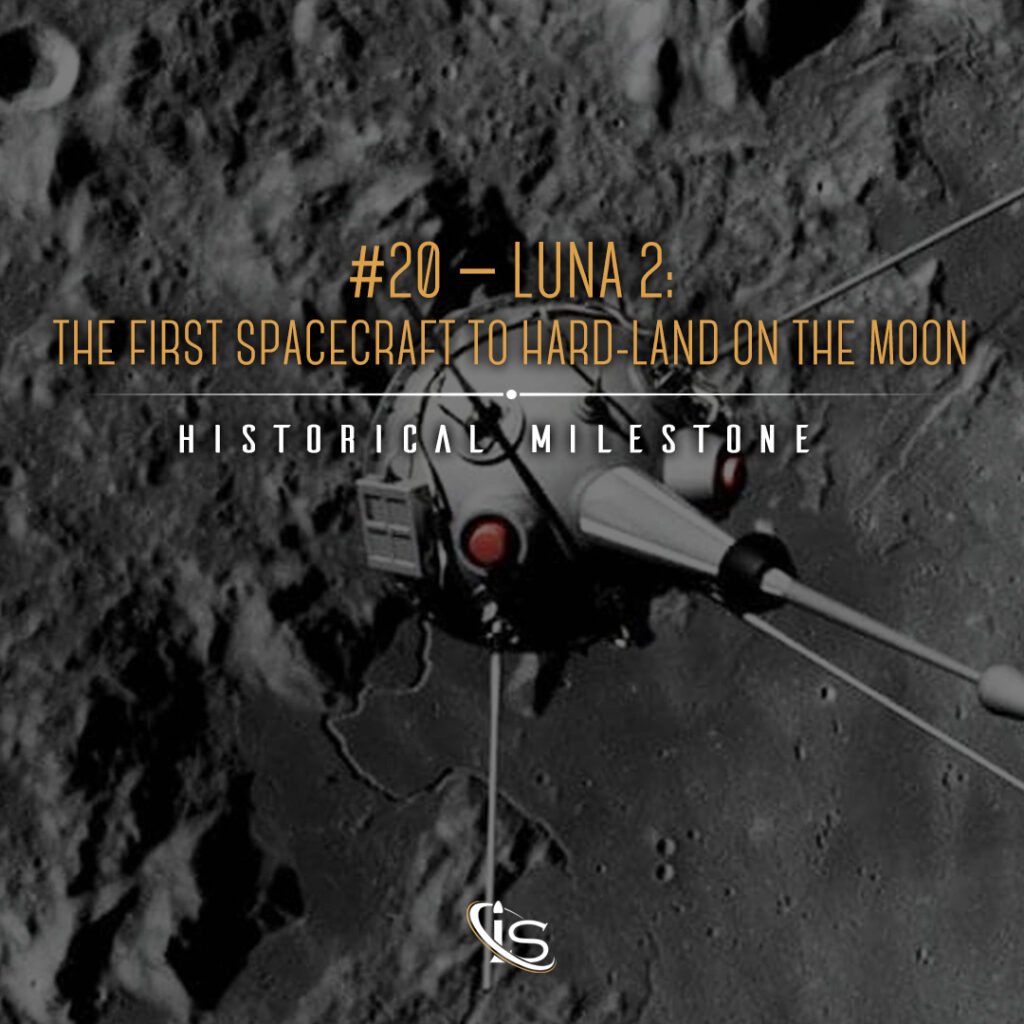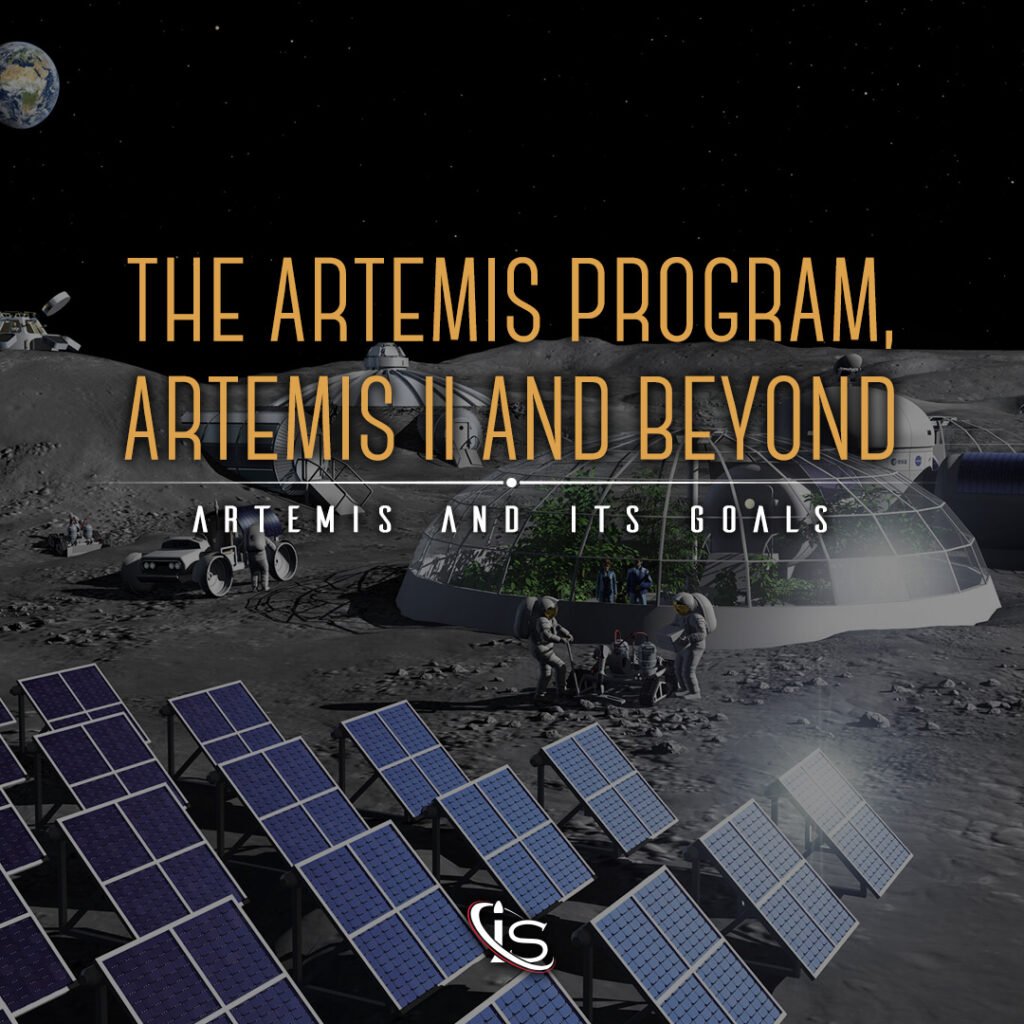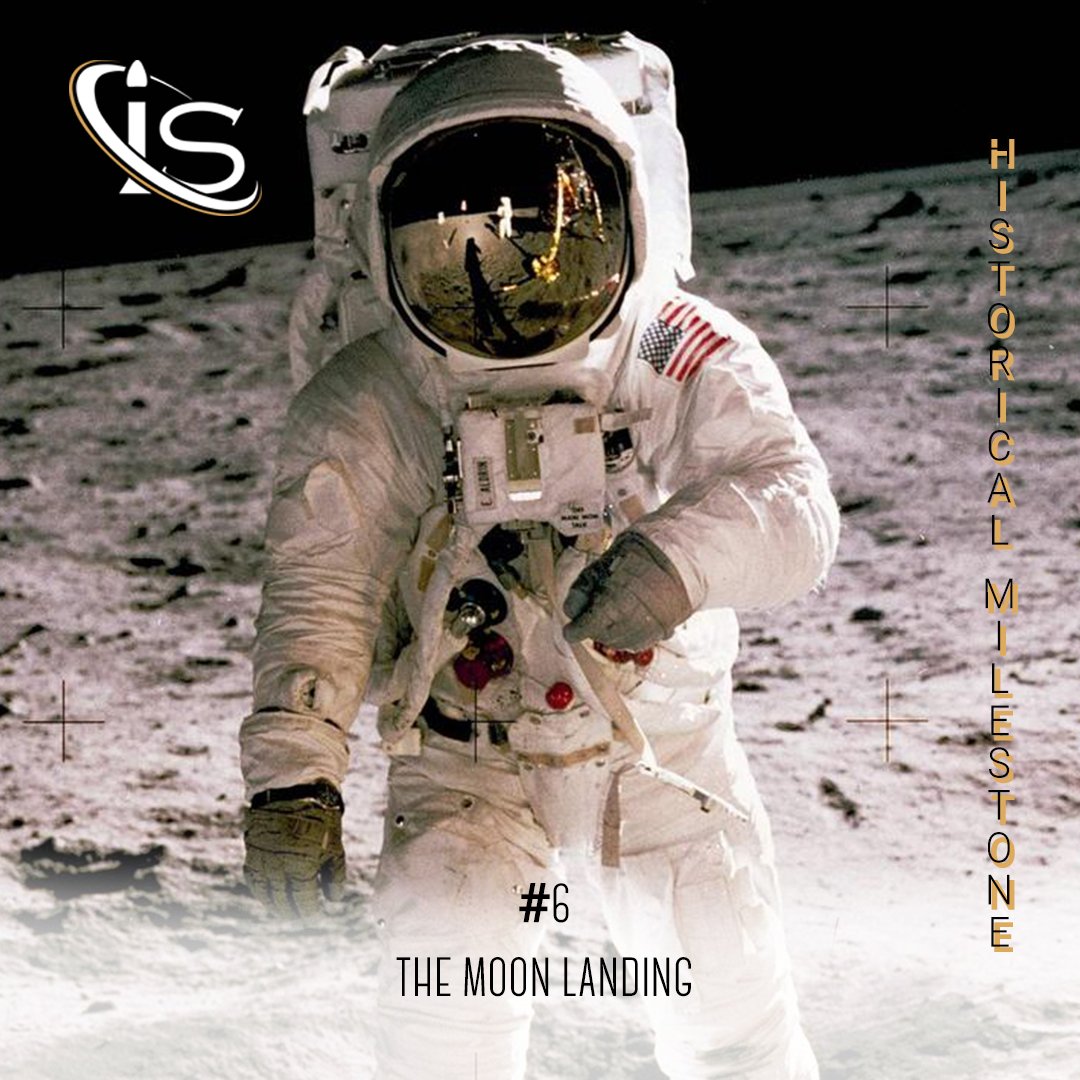Welcome back to another science capsule. With the recent revival of Moon-centered missions through the Artemis Program, this seems like the perfect opportunity to discuss the various lunar programs that have taken place throughout the years. Now, there have been many missions focused on our satellite, so we will not go over each one in detail here today. However, you can let us know of any one that you would like to learn more about, and we will cover it in a future capsule.
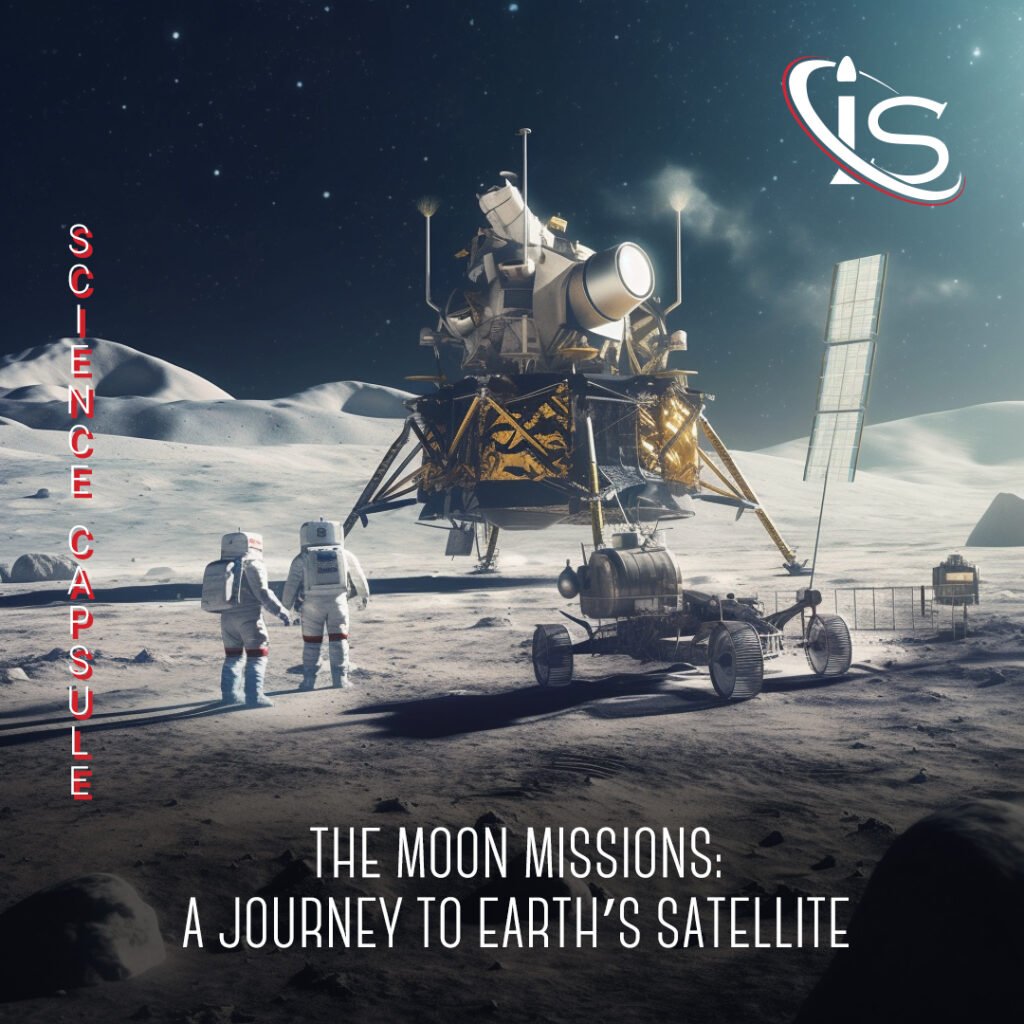
The Soviet Luna Program
To begin today’s topic, let us take a look at the program that first landed a spacecraft on the Moon. Well, landed might be a bit of a stretch. Crashed is the more appropriate word here. Starting in the year 1959, the USSR began a series of Moon missions, with the objective of reaching our satellite, known as the Soviet Luna program. The first launch of this was dubbed Luna 1. This spacecraft became the first to reach the proximity of our satellite, as well as the first to be placed in heliocentric — as opposed to geocentric — orbit.
And while its successor, Luna 2, was the first to get to the Moon, the importance of Luna 1’s journey cannot be understated. Interestingly enough, Luna 1 was the last of the Ye-1 series of rockets. These were the first of the Soviet Lunar program. However, due to technical difficulties, the other three never made it into orbit. And speaking of failed launches, an unnamed rocket that took off on June 18th, 1959, separated the Luna 1 and Luna 2 missions. Needless to say, there is a reason why this spacecraft never got a name.
The Program After Luna 2
As for Luna 2, it was launched on September 12th, 1959, and took a straight path towards the Moon. Its journey lasted an entire day, before seeing the rocket crash on our beloved satellite. After Luna 2, the program lasted until 1976. A total of 15 successful missions occured, with many performing various experiments which aimed to discover information about the Moon’s gravity, temperature, chemical composition, and radiation. As for the number of rockets, the total came out to 24 Luna spacecrafts. Although more were launched in this program, the ones that failed in their mission never got the coveted Luna title.
The Apollo Program
This one does not need any introduction. Following President Kennedy’s iconic speech about getting man on the Moon, NASA’s main focus in the 1960’s revolved around just that. The idea for the program actually originates in the last year of Eisenhower’s presidency. Furthermore, the Apollo program is a culmination of everything NASA had accomplished thus far. To the point that there was a separate program, Project Gemini, which took place right before with the goal to expand spaceflight capability. This was done in order to support Apollo’s goal of taking man to the Moon, which would require spacecrafts capable of transporting more than one astronaut. We have actually done a historical milestone on one of Project Gemini’s most crucial mission, Gemini VIII. That mission also included Neil Armstrong, who would become the first man to step foot on the Moon.
As for the Apollo program, itself, it ran from 1961 to 1972. There are, quite honestly, too many important missions here for me to go over in a single capsule. So, I will focus on the one that accomplished President Kennedy’s goal, Apollo 11. And even for this one, I will have to keep the details to a minimum. Fret not, however, as we will do a separate historical milestone of this monumental launch.
Apollo 11
This historical (to say the least) mission spanned from July 16th to July 24th, 1969. The crew was comprised of the now world-renowned astronauts Neil Armstrong, Buzz Aldrin, and Michael Collins. Buzz Aldrin — together with Neil Armstrong — took the lunar module down to the Moon’s surface, while Michael Collins manned Columbia, the command module, in lunar orbit. And at 02:56 UTC, on July 21st,1969, Neil Armstrong officially became the first man to step foot on the Moon. There is, of course, a lot more to talk about when it comes to this incredible event. However, that is where we will stop for today.
The Artemis Program
The last major set of Moon missions I would like to discuss today is the Artemis Program. This is the modern-day project which has the objective of getting man back on the Moon. And while Artemis has been ongoing for the past couple years, what exactly are its goals?
Of course, the overarching objective is to get back to the Moon. However, that is not all there is to it. Some of the goals this time around include studying the Moon more in-depth than ever before, inspiring a new era of exploration, and opening the door to more missions to Mars. And, according to NASA, the way these will be accomplished is by establishing a sustainable presence on our satellite. But how exactly will this presence be established?
Setting Up Camp
One of the never-before-seen advancements that the Artemis mission will bring is a base camp on the Moon’s surface. Not only that, but this program will also set up a gateway in lunar orbit. These two structures combined will make it significantly easier for both astronauts and robots to conduct more — and more complex — experiments on the Moon than ever before.
The Artemis I mission has already happened, in the form of an uncrewed launch of the SLS (Space Launch System) and Orion spacecraft. Next up is Artemis II, which will see the very same spacecrafts take off but with astronauts on board. The final stage of this program will be Artemis III and Beyond. This phase will see multiple crewed missions go both on and around our satellite.
Other Moon Missions
Of course, these three were only a fraction of all the programs that have been centered around the Moon. However, as they are the most influential, it seemed appropriate to pick them as the center of our topic today. And even then, a lot of information had to be left out for the sake of not turning this capsule into a book. For anyone curious, the other countries and agencies that have had lunar programs/missions include China, the ESA, Japan, Luxembourg, India, Italy, Israel, South Korea, and the UAE. These launches all differed in their goals and success, but they all had the common goal of exploring the Moon.
And with that, we come to the end of this capsule on the lunar programs throughout the years. I hope you have enjoyed learning more about how scientists and astronauts have explored our satellite. Join us next week for a revamp of one of our first science capsules. We will be discussing propulsion, which is the process behind how satellite engines generate their energy. And if you are a long time reader, fret not. We have made a myriad of changes from the first installment of this capsule. See you all next Wednesday, right here, at impulso.space.
